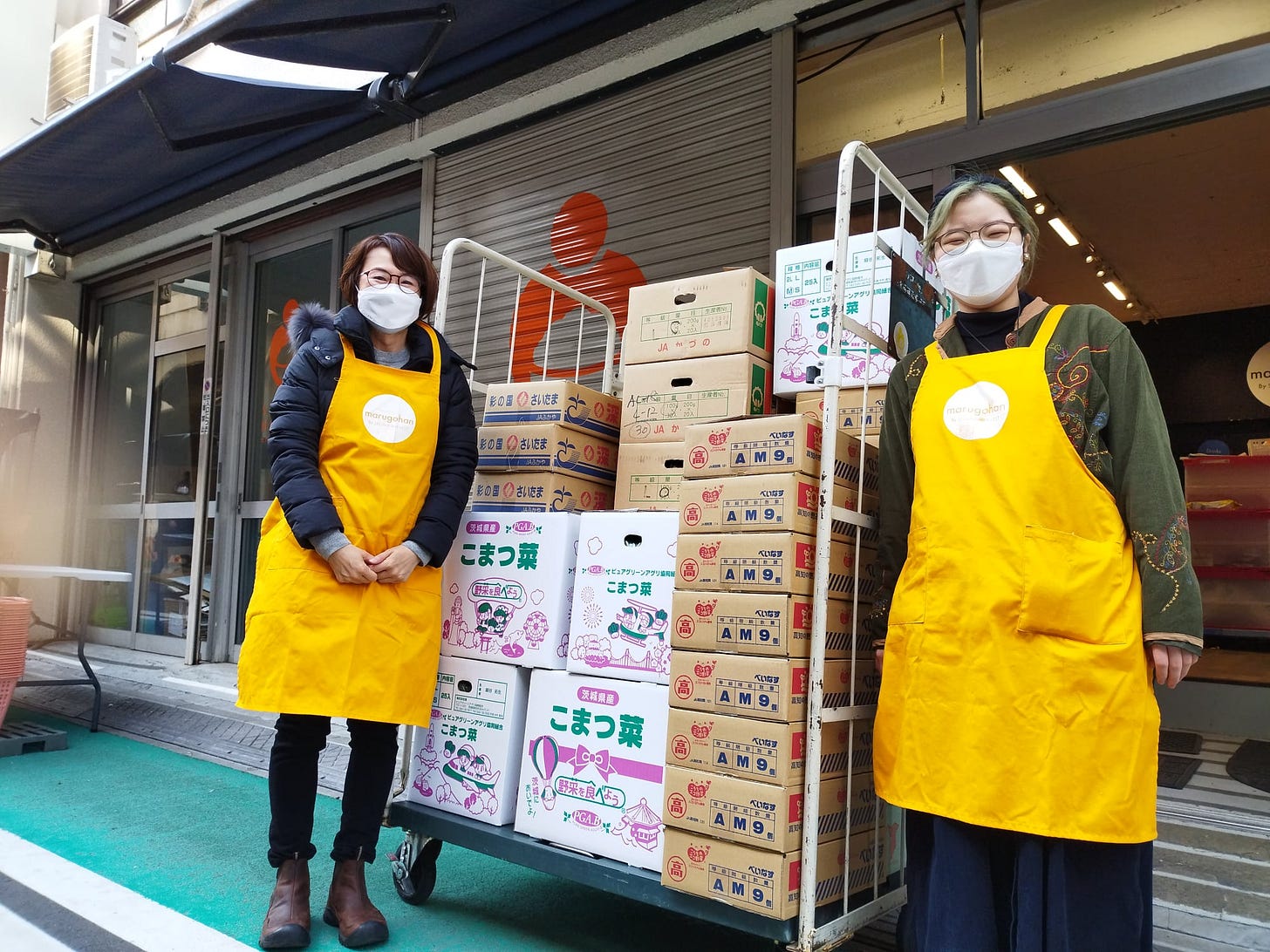Five ways to solve the food waste crisis
Take a look at these global solutions, featuring everything from animal feed to artificial intelligence.
Alongside the mounting tide of plastic, food waste has become a pressing issue worldwide. A 2018 report by Boston Consulting Group revealed that 1.6B tonnes of food – roughly the volume of Manhattan - goes to waste each year, a figure which is expected to rise to 2.1B by 2030 unless urgent action is taken.
Food production is already a leading cause of climate change, accounting for a quarter of the world’s greenhouse gas emissions, and uneaten food creates emissions of its own when chucked away.

It’s undeniable that the introduction of pre-packaged and mass-produced meals to our tables has contributed to food waste; today we have more choice than ever, and the modern consumer is faced with an endless barrage of advertisements.
But it’s not all bad news: despite its dirty reputation, mass production has been one of the greatest success stories of the modern age, liberating many of us – particularly women – from hours of tedious manual labour and providing millions with a higher quality of life. Meanwhile, improvements in technology have equipped us with better methods of preserving food and tighter supply chains, to reduce wastage during manufacturing and distribution.
So, knowing all this, how can we fix the food industry? Ours to Save has scoured the globe for countries with the most innovative solutions.
Japan
Since Japan’s stringent Food Waste Law was imposed in 2001, businesses have been held accountable for wastage through fines and penalties. Plus, a 2007 amendment has seen leftover nutrients channeled into animal feed and fertiliser for crops in a process known as a ‘recycling loop’.
The recycling law is supported by Second Harvest, a food bank founded in 2002 which redistributes surplus food from supermarkets, farmers and individuals to people in need: primarily orphanages, women’s shelters and the homeless. Following the catastrophic 2011 earthquake and tsunami, they also supplied 1300 food packages to communities in Tohoku.
Japan continues to work towards its self-sufficiency goals through adopting AI systems that analyse sales data and predict weather patterns. One such platform is DataRobot, developed in the US, which is already being employed by supermarkets and retailers to anticipate consumer trends.
South Korea
South Korea have disincentivised food waste by 10% in four years by taxing its citizens in a ‘pay for your rubbish’ scheme.
France
It may come as a surprise that France produces the lowest quantity of food waste worldwide. This is largely due to the country’s ban on food waste in supermarkets which, since 2016, have been legally obligated to donate leftover produce to food banks. Under France’s severe system, the destruction of in-date food is met with crippling fines and even legal action.
Norway
Norway’s government and largest food companies are working together to reduce food waste 50% by 2030. Methods include discounting food that is approaching its expiry date, whilst charities and apps are also emerging to take advantage of surplus food from supermarkets.
Denmark
Denmark has successfully reduced food waste by 25% in five years through campaigns by NGOs which are supported by the Danish government. One of the most successful was the Stop Food Waste campaign which has made a lasting impact on consumer habits. The campaign worked with schools to “give students new knowledge about food waste and at the same time give rise to positive involvement and possible behaviour change in families with children.”
Back in 2016, Denmark became the guinea pig for the Too Good to Go app, which has since gained traction across Europe. The app allows people to rescue £3-5 “magic bags” of leftovers from supermarkets and restaurants, proving sustainable meals at a low cost. You can download it here.
The bottom line
A unified global effort to counter food waste has the untapped potential to reconcile the issues of wastage with food poverty and starvation, which currently afflict one in nine people worldwide.
However, as emphasised by the BCG report, this requires “commitment from and collaboration among numerous players”, namely governments, international bodies (such as the World Trade Organisation) and consumers themselves.






